Electromechanical Systems Design has enabled groundbreaking advancements in robotics. Here are examples of its application:
- Underwater Robotics
Purpose: To enable reliable operation in challenging underwater environments.
Design Details: The design of pressure-resistant housings integrated with advanced motor controllers and navigation systems. These systems ensure precise movement and operation in high-pressure underwater conditions.
Outcome: The robots excel in tasks like deep-sea exploration and environmental monitoring, delivering reliable performance and high-quality data.
- Precision Robotic Arms

Purpose: To perform intricate tasks with exceptional accuracy.
Design Details: Multi-degree-of-freedom (DOF) robotic arms are developed with custom actuation systems, integrated with sensors and control boards. This design enables smooth, precise manipulation of delicate components.
Outcome: These arms meet the exacting standards of industries like healthcare and manufacturing, enhancing efficiency and quality.
- Autonomous Ground Vehicles
Purpose: To navigate and operate autonomously in dynamic environments.
Design Details: Power systems, mobility controllers, and advanced sensor arrays are integrated into a cohesive platform. This allows for real-time path planning, obstacle avoidance, and efficient energy usage.
Outcome: The vehicles perform reliably in applications such as logistics, defense, and agriculture, increasing productivity and safety.
- Magnetically Actuated Crawlers
Purpose: To inspect industrial structures with precision.
Design Details: Custom magnet arrays are integrated with mobility components and control systems to enable robots to adhere to and traverse ferrous surfaces.
Outcome: The crawlers effectively inspect structures such as ship hulls and storage tanks, reducing the need for human intervention in hazardous conditions.
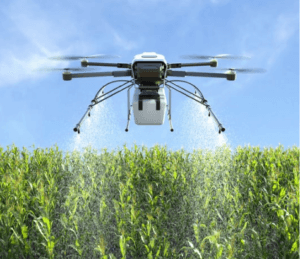
- Energy-Efficient Drones
Purpose: To maximize flight duration while maintaining agility.
Design Details: Lightweight materials, optimized power systems, and precise actuation are integrated into drone platforms to reduce energy consumption.
Outcome: The drones deliver exceptional performance in applications like surveying, search-and-rescue, and infrastructure inspection.
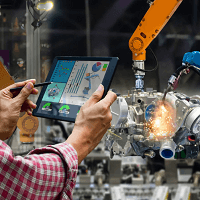 Electromechanical Systems Design lies at the heart of modern robotics, where the seamless integration of mechanical and electrical components creates innovative, high-performance systems. This multidisciplinary approach involves designing, optimizing, and harmonizing components such as power systems, motor controllers, sensors, and actuators to achieve precise and reliable performance. Whether it’s a robotic arm for manufacturing or an autonomous underwater vehicle, effective systems design ensures that every part works in unison to meet the system’s unique requirements.
Electromechanical Systems Design lies at the heart of modern robotics, where the seamless integration of mechanical and electrical components creates innovative, high-performance systems. This multidisciplinary approach involves designing, optimizing, and harmonizing components such as power systems, motor controllers, sensors, and actuators to achieve precise and reliable performance. Whether it’s a robotic arm for manufacturing or an autonomous underwater vehicle, effective systems design ensures that every part works in unison to meet the system’s unique requirements.






 Interdisciplinary Expertise: Our team excels in harmonizing mechanical, electrical, and software components, delivering systems that are cohesive and reliable.
Interdisciplinary Expertise: Our team excels in harmonizing mechanical, electrical, and software components, delivering systems that are cohesive and reliable.



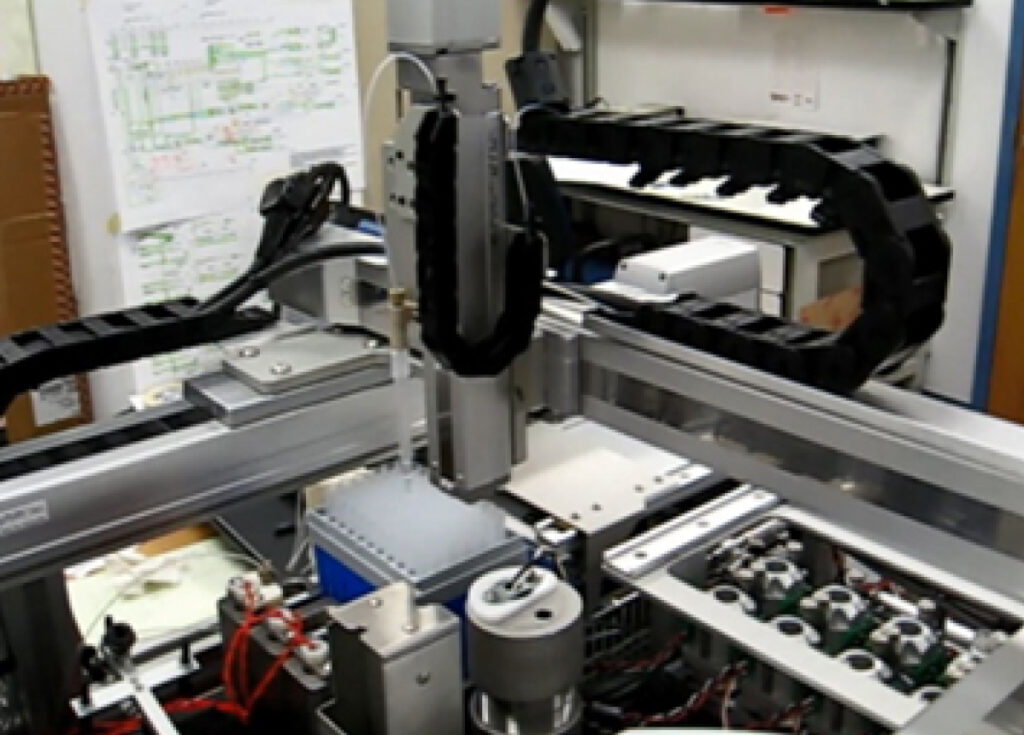


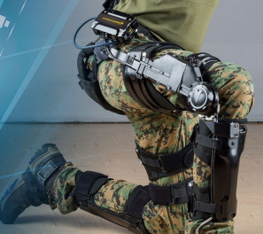
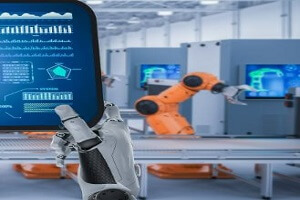 Our Robotics Experts, along with software and hardware subject matter experts will enhance your current team or drive your entire project. Don’t leave complex projects or high visibility product launches to chance. Know you’re going to get the results you want by working with industry leaders in design, development, and deployment of innovative products driven by novel engineering. Simply complete the form below and let’s start the Robotics Development Project Conversation
Our Robotics Experts, along with software and hardware subject matter experts will enhance your current team or drive your entire project. Don’t leave complex projects or high visibility product launches to chance. Know you’re going to get the results you want by working with industry leaders in design, development, and deployment of innovative products driven by novel engineering. Simply complete the form below and let’s start the Robotics Development Project Conversation
